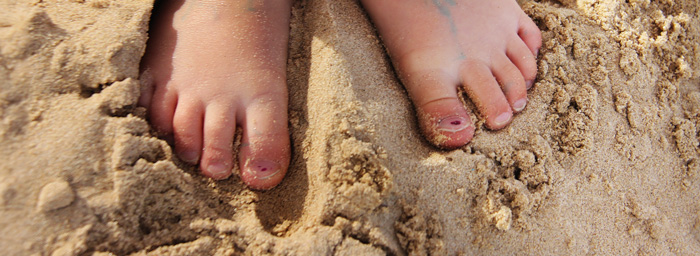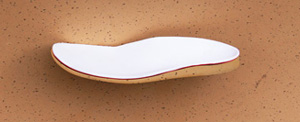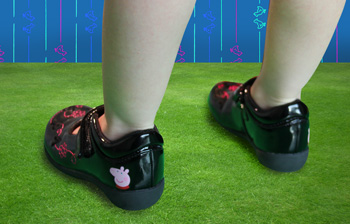 |
Quality without compromise
Best value in the UK
|
 |
Free consultations with no obligation Including gait analysis
|
 |
A reputation for excellence |
 |
30-day money back guarantee
Comfort guaranteed
|
Kids Orthotics
We know the importance of ensuring children have a normal gait, as abnormalities can lead to future joint and posture problems. However, we also realise children are very active and may be more sensitive to changes in their footwear. This is why we have developed a children’s insole that is more lightweight and flexible than the standard insoles we create. This means your child’s feet can be gently supported without the feeling of physical restriction in any way.

A good pair of custom insoles will help prevent abnormal foot positions that are causing your child pain. Doctors use orthotics to treat numerous paediatric foot conditions, such as flatfoot, Sever's disease and metatarsus adductus.
- Flatfoot is the result of a collapsed arch and can cause abnormal gait and a large amount of pain in the foot or leg.
- Sever's disease takes place when the growth plate in your child's foot becomes inflamed, causing swelling, pain and stiffness in the heel.
- If the front of your child's foot points inward while the heel remains in its natural position, this is a sign that your child has metarsus adductus. Metatarsus adducts most often occurs in young children due to the feet not being straight while in the womb.
 Benefits:
Benefits:
Wearing orthotics every day will help reduce and prevent further pain in your child's knees, feet or legs
Beginning orthotic use early can help reduce the chance that a child who has metatarsus adductus will later require corrective surgery. Children with Sever's disease will benefit from wearing an orthotic as it will greatly reduce heel pain and prevent constant limping.
 What to look for in your child's footwear:
What to look for in your child's footwear:
- Flat Shoes - Avoid raised heel to ensure accurate weight distribution, to allow suitable posture and prevent the toe from deforming any further.
- Flexible sole - Flexible soles are advisable as stiff soles greatly limit the movement that is necessary for the development of normal foot strength and mobility.
- Room for toes - Shoes that are too big are preferred over shoes that are too small as they ensure more space and movement.
- Nonslip soles - Avoid soles that are too slippery in order to reduce possible injuries.
